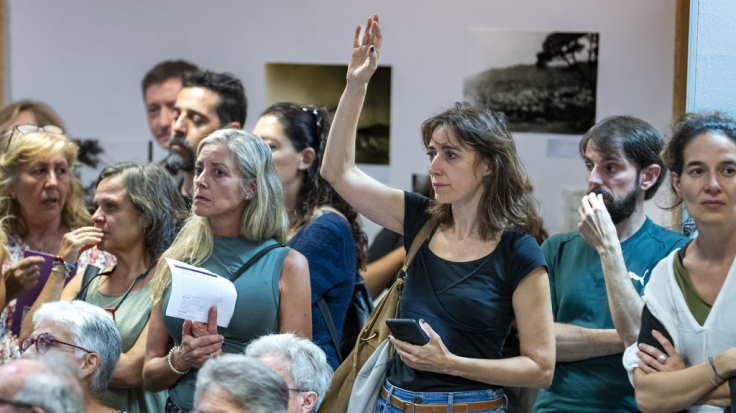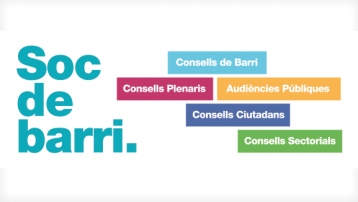What does it do?
The City Participation Council is Barcelona City Council's highest body for public consultation and participation, a forum where representatives of the City Council and the public discuss the main affairs of the city. Its functions include advising the City Council on defining major policy lines and municipal management, knowing and debating the municipal action programme and municipal by-laws and regulations and debating municipal budgets and indicator results for municipal management.
The City Participation Council may also propose points for the Municipal Council's agenda (up to twice a year), present candidates for the Barcelona Medal of Honour, validate the creation of a new participatory body and request the initiation of a participatory process.
The City Participation Council also includes the Protection Committee, the body that watches over citizens' rights regarding participation.
How is it organised?
The City Participation Council is made up of the following members:
- The Mayor, who is the chair of the Council
- A councillor representing each of the municipal groups
- Representatives from each of the city-wide participatory bodies
- Representatives from the city's most significant institutions
- Representatives from associations listed in the General File of Citizen Associations
- A maximum of 15 renowned city residents
- A maximum of 25 citizens, fifteen of whom will be chosen at random from the Citizens' Registry and ten by means of a draw from the municipal register.
- The Commissioner for Citizen Participation
The City Participation Council has a permanent committee, which is the body responsible for proper functioning and dynamics of the City Participation Council, as well as assisting the Council chair with his or her functions.
How can I take part?
The city residents who wish to take part in the City Participation Council must be listed in the Citizens' Registry.
Barcelona City Council's Citizens' Registry is a way of grouping together citizens who have demonstrated their willingness to take part in the city's affairs through the City Participation Council or the Neighbourhood Council Monitoring Committee, which are municipal participation bodies.



